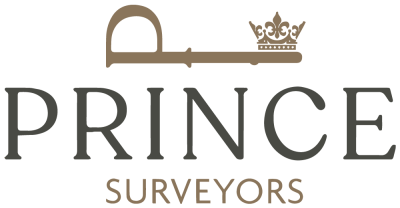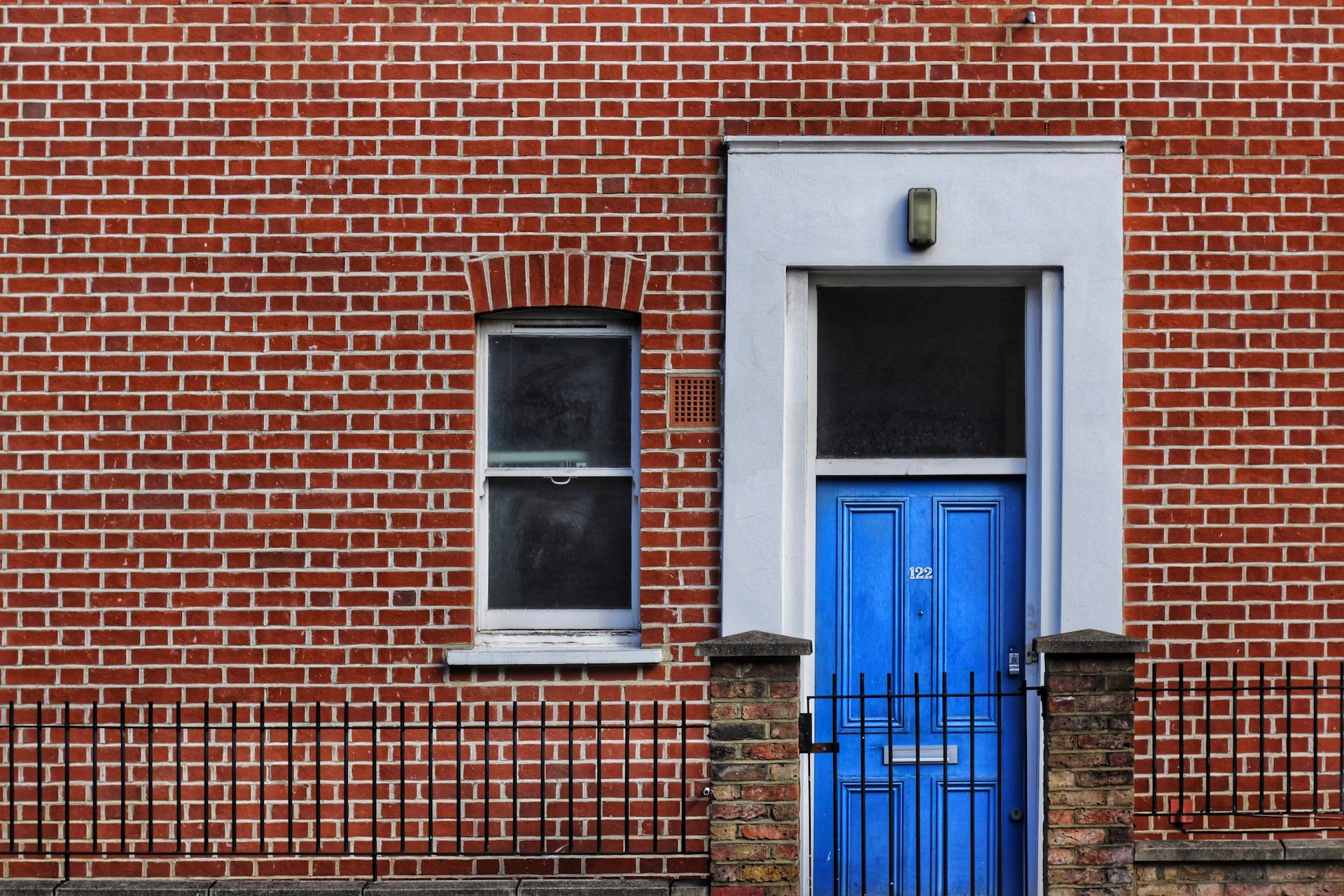Real estate has always been the most secure and lucrative way of doing it when it comes to investing. And this holds, especially in today’s modern times. Since the financial crisis of 2008, investing in property has proven to be one of the very few consistent value holders.
When it comes to investing in real estate, it can seem like a never-ending quest because it truly is so. There is always something new to learn, no matter the experience under our belt in this industry. Whether we are buying, holding, or flipping a property, there are many variables to consider. Still, it is not rocket science as there is one common goal it all ultimately boils down to.
Return on Investment, more commonly abbreviated as ROI, is the common denominator in any investment endeavor. Here we will go over all the necessary elements that need to be optimized to maximize your ROI in real estate.
Why Invest in Property?
With more options than ever for anyone to invest their capital, why choose this path? The reason is that it beats the stock market and valuable trading materials like gold or precious stones. As far as long-term investing comes, there is no equal. It is a great deal less turbulent than stocks and can provide us with long-term or even short-term profits. Indicating that real estate is highly versatile, depending on how we manage and grow it. It will not lock us down a specific path that might prove to not be feasible for us later on.
Positioning
Now that we have gone through the why, let’s start with the how. The very first step in investing in any property is taking a look at our financials. What are our goals? Do we want to invest in capital appreciation, to be sold when the time is right? Or, do we want to invest in a property that will bring us a long-term, sustainable income from rent? Maybe, it is a combination of the two. The answer to this question will help us determine the very first purchase that we would make. Having our goals and priorities in place from the very beginning will give us a leg up when making our first move.
Favourable Markets
Identifying a market that is not overly saturated and is suitable is essential. These places are areas where the potential for us to invest in is the strongest. For example, London can rapidly increase any amount we invest, but so does Hong Kong, or Los Angeles, if we are going abroad. The downside to such popular areas is that the initial Investment might seem too high, especially for someone just starting. Finding prime markets to invest in the UK can prove to be a tricky task. What we are looking for is growth potential. Areas that have already been through extensive development will drive up our initial costs. What we are looking for is something with the lowest possible initial costs. And at the same time, that it has an excellent prospect for advancement. That does not mean that it is a sound idea to invest in anything that is dirt cheap. Less developed areas might not have the necessary infrastructure required. Even these would drive up our initial costs sky-high to make it decent and presentable.
Optimizing Our Expenses
No matter the route we have taken, it always pays to be smart and keep the money flowing out to a minimum. And there are popular trends lately that have efficiency in mind. For example, going green is all the rage these days. If we are leasing our real estate, having good thermal isolation will pay dividends in the long run. It will cut down on heating bills and, in extension, on rent; this will make more headroom for that capital to be transferred to us if we can make the initial Investment. Taxes are also another excellent expense for anyone living in the UK. We, as landlords, do have to pay income tax on earnings from buy-to-let real estate. Meaning, part of that rent goes to the tax collector. There are ways of minimizing those expenses, as buy-and-hold real estate has excellent tax advantages. We can write off depreciation, mortgage interest, and many more. Our tenants can pay down our mortgage, which increases equity in our property, at regular intervals. And if they pay our interests, that is tax-deductible. A lean tax depreciation report is something of utmost importance and something that requires serious and professional care.
The Tenants
The most important part of the industry is, maybe even counterintuitively, the tenant himself. It is easy for landlords to build a portfolio and ignore this quite essential element, the bread, and butter of it all. It is hard work to keep tenants satisfied. The periods that our property is occupied and generating rent should be maximized through overall satisfaction. Periods, where we have no tenants, are called “Void Periods,” which means we miss out on profit. ROI is then affected. Choosing the right tenant is the other half of or precious. You can do it yourself, but there are professional agencies that can tackle this issue.
Like any investment, real estate does carry a certain risk. It is much more favourable than other, less tangible forms of Investment, but risky, none the less. As long as we make calculated steps, building our portfolio will turn out to be slow but sure progress. It is a great responsibility to own property that holds many rewards, behind all the hard work and dedication. By adhering to these guidelines, we can be sure to make our first step into the great industry of property investment.
Contact us today to discuss our tenant contract management service.



